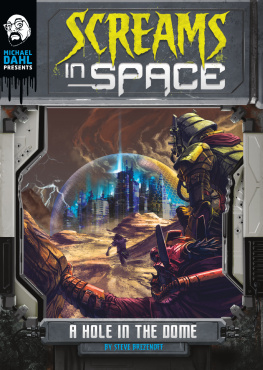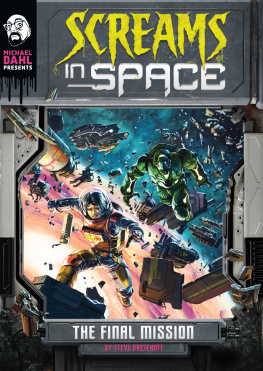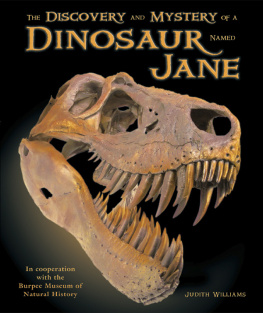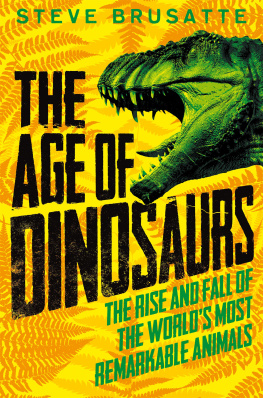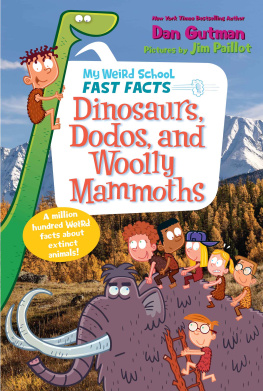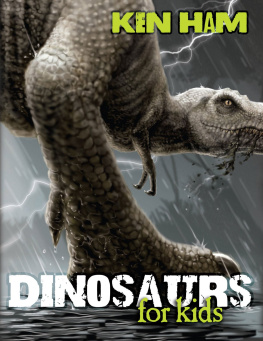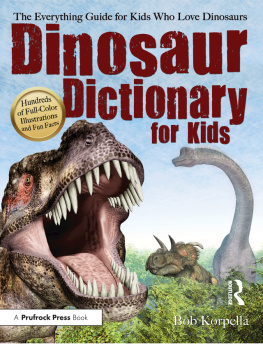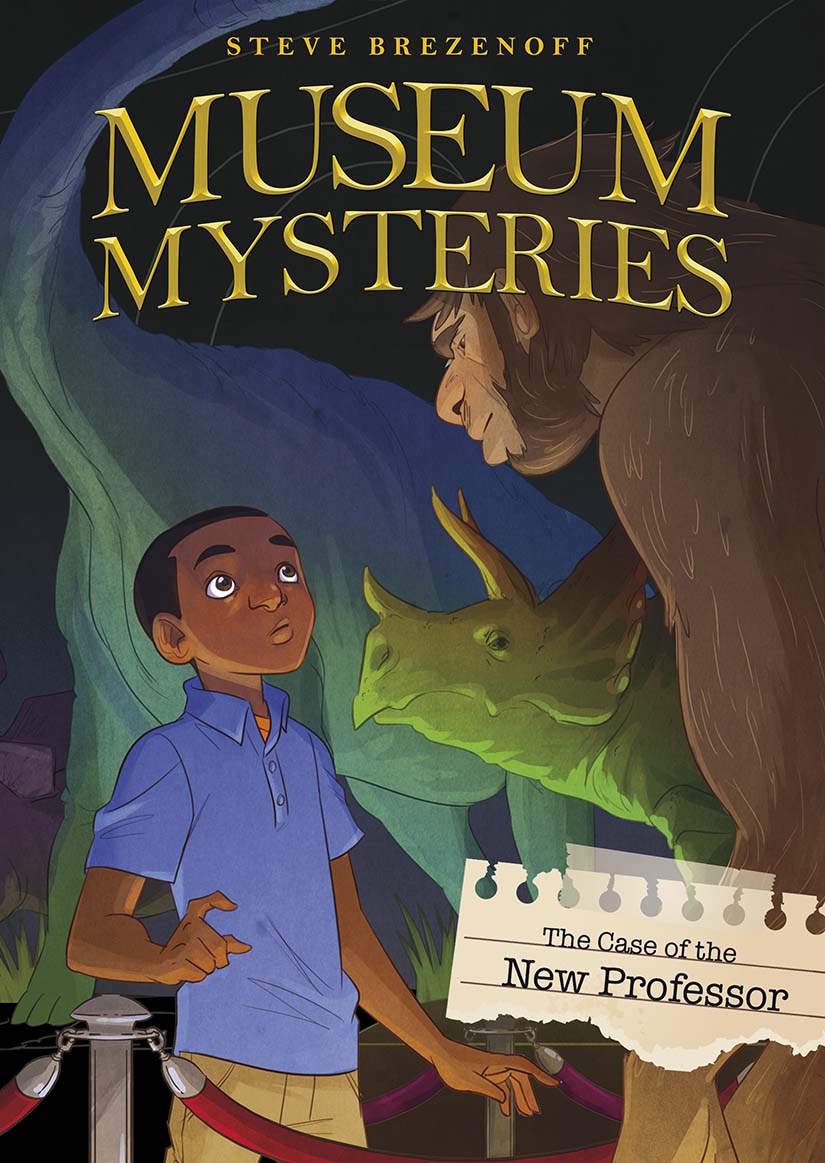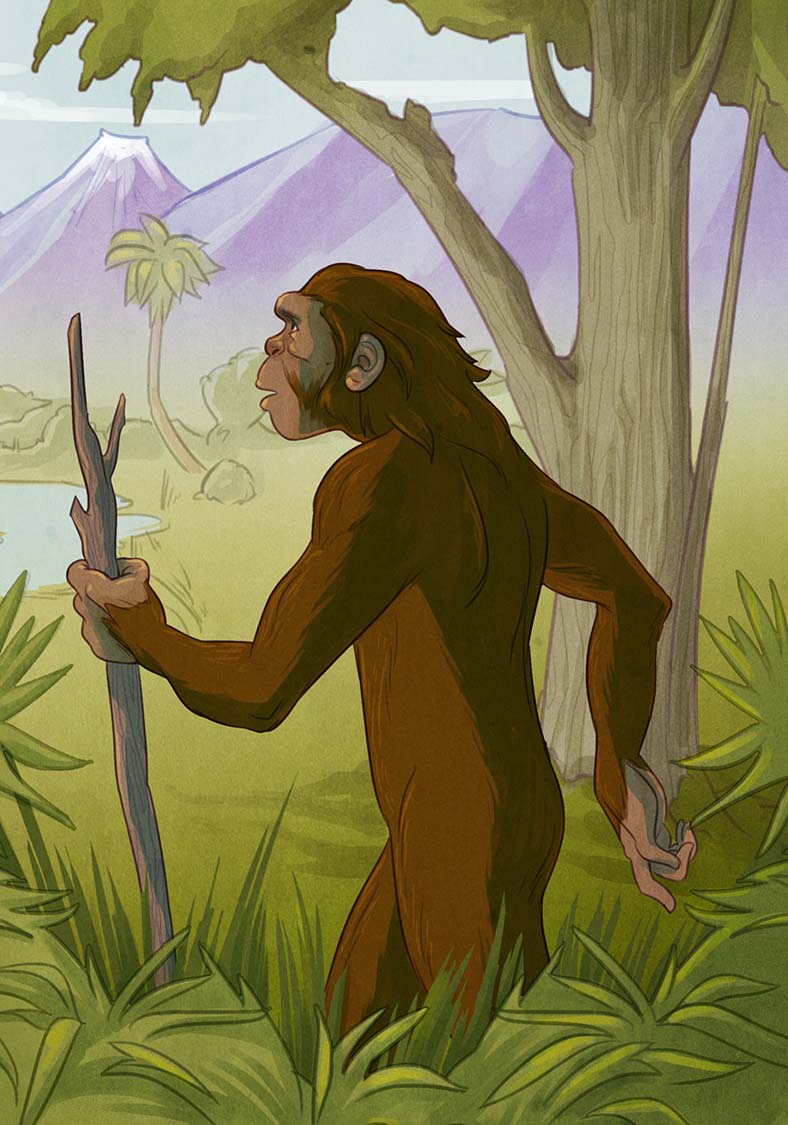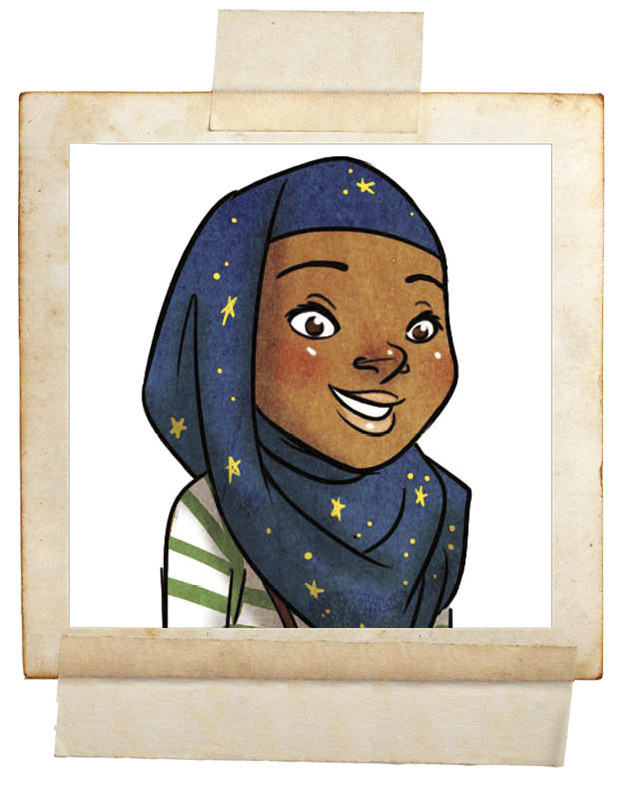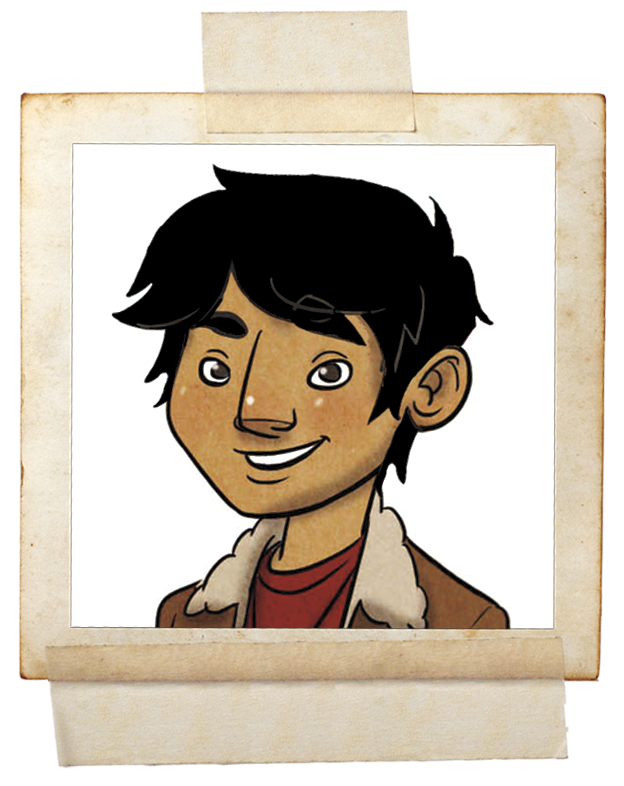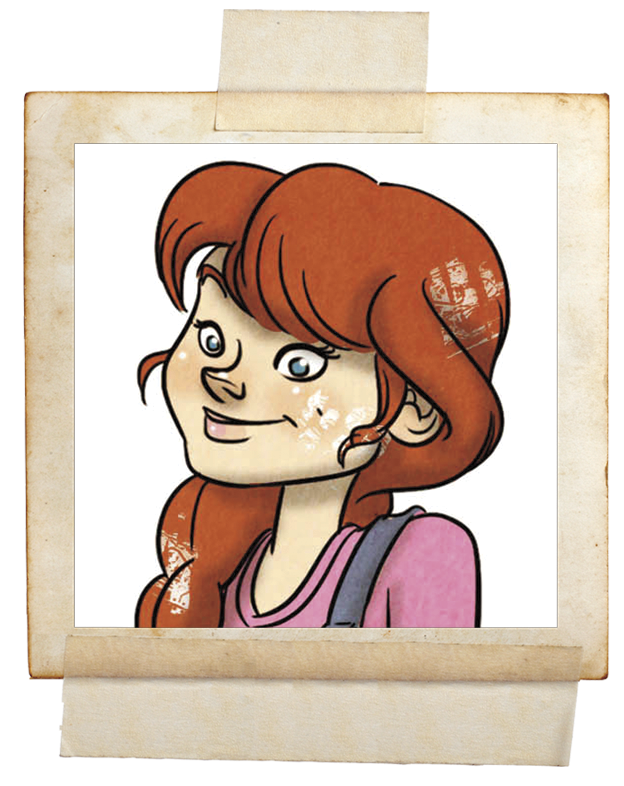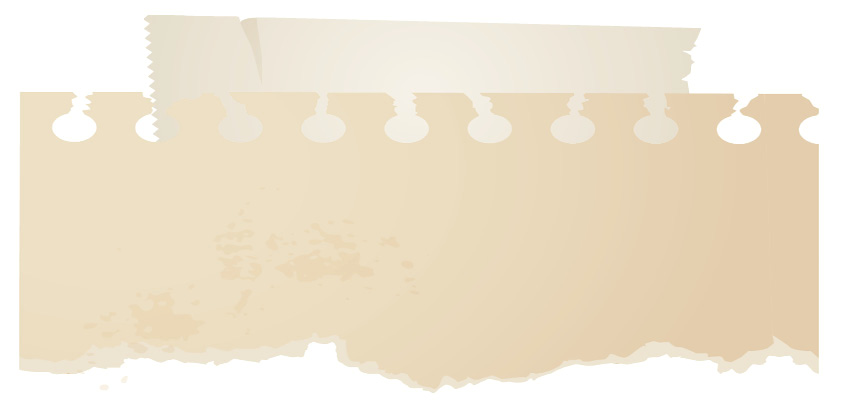Early Hominids
- Hominids were animal-like humans who walked upright. It is believed the earliest hominids lived as many as 67 million years ago in the forests of eastern and southern Africa.
- These hominids are believed to have been 36 feet tall and likely lived on a diet of on leaves, fruits, and the remains of dead animals.
- Scientists divide hominids into different categories, including Homo habilis, Homo erectus, and Homo sapiens. These groups are based on body shapes and lifestyles.
- Homo hablis translates to, a person with abilities. These hominids likely lived 1.5 million years ago.
- Homo erectus means, a person who walks upright. These hominids lived on Earth until roughly 150,000 years ago.
- Homo sapiens means, a person who can think. All human beings alive today are Homo sapiens.
Capitol City Sleuths
Amal Farah
Age: 11
Favorite Museum: Air and Space Museum
Interests: astronomy, space travel, and building models of space ships
Raining Sam
Age: 12
Favorite Museum: American History Museum
Interests: Ojibwe history, culture, and traditions, American history good and bad
Clementine Wim
Age: 13
Favorite Museum: Art Museum
Interests: painting, sculpting with clay, and anything colorful
Wilson Kipper
Age: 10
Favorite Museum: Natural History Museum
Interests: dinosaurs (especially pterosaurs and herbivores), and building dinosaur models
CHAPTER 1
Schools Out
Spring break, Wilson Kipper said. He stood on a flat boulder in the middle of the Big Lawn, located in the center of Museum Campus, and looked up at the pale blue sky.
Lying nearby, Clementine Wim smiled up at him from her spot on the ground. She was one of his best friends, despite the fact that she was four years older than him and more than a foot taller.
A whole week of no school, she said. This is my kind of Monday morning. She pointed up at the sky. That one looks like a giraffe.
I can see that, Wilson replied.
It was obvious which cloud she meant, although some people might not have noticed. Clem was an artist, and she saw art in everything. Wilson had gotten used to seeing the world that way too.
Hey, you two! a familiar voice called.
Wilson turned and shielded his eyes from the sun. It was Amal Farah, one of their other best friends. She was followed by Raining Sam, the last friend to round out their foursome.
The kids were a natural group. Each had a parent who worked at one of Capitol Citys major museums: Air and Space, Natural History, Art, and American History. Today, the first day of their spring break, theyd all agreed to meet on the Big Lawn that touched the back of each museum. The lawn rose on a gentle slope to the highest point in the center, where a flat rock marked the spot.
Amal and Raining joined Wilson on the rock.
Spring, Clementine said.
Her three friends looked down at her.
Clementine looked past her friends, up at the sky, and added, The vernal equinox.
Is in three weeks, Wilson corrected her. Its still winter, technically speaking.
Yeah, yeah, Clem said, waving him off as she sat up. It feels like spring. And were off from school, so thats good enough for me.
What are we going to do today? Amal asked. She hopped off the rock and gave Clems sneakered foot a little kick.
Lets go inside the Natural History Museum, Wilson said. His mom was a paleontologist at the museum, and it was his favorite place. My moms new exhibit is opening.
What is it? Raining asked.
Well, its not dinosaurs, Wilson said, but it is prehistoric animalsthe giant mammals of the Ice Age. Im pretty interested.
Aw, lets stay out here, Clementine said. She turned her face up to the sun again and closed her eyes. The rebirth of the planet, of all the green things, of long and sunny days, is a moment to celebrate! It has been since the dawn of time!
Im not staying out here to worship the sun, Amal said. Its not worth the sunburn. Besides, theres nowhere to sit down. Come on, Clem.
Lets use the back entrance, Wilson said. There are protestors out front this morning.
What are they protesting now? Raining asked.
All the museums got their fair share of protestors from time to time. Some protested a new work of art on loan from a collection. Others protested science they disagreed with at the Air and Space Museum or the Natural History Museum. Still others protested one of the famous Americans noted at the American History Museum.
Wilson shrugged. I didnt look very closely, he said, but they were there when Mom and I pulled up this morning.
I recognized a few of them when we walked past, Amal said. Theyre flat-Earth supporters. They were protesting at air & space last weekend.
Flat Earth? Wilson said. Thats ridiculous!
Scientifically, yes, Clementine agreed with a shrug. But you have to admit, theres something sort of appealing about itimagine the world having an edge you could sit on and dangle your legs off.
Together the four friends walked through the wet grass to the Natural History Museums rear entrance. The museum wouldnt open to the public for another ninety minutes, but since Wilsons mom worked there, theyd be allowed in. All the guards knew the kids.
The exhibit doesnt officially open until tomorrow, Wilson said. He led his three best friends around the ropes designed to block the new exhibit from most visitors. Of course, we get an early peek.
The four friends nearly always got a special early look at new exhibits at all four museums. Another perk of their parents jobs.
Wilson pointed to a big sign hanging above the doorway to the new exhibit. PLEISTOCENE MEGAFAUNA it read.
That means huge animals of the Ice Age, Wilson explained as they went through the huge doorway.
Inside the exhibit the lights were dim. A few members of the museums team were there working. They tightened screws, installed signs and markers, and placed the last of the models in their places.
The kids followed the path through the exhibit as it curved and weaved around the displays. The floor beneath their feet was designed to look like a rocky path cutting through an ice- and snow-covered plain. The walls showed startlingly realistic images of a wintry landscape.


